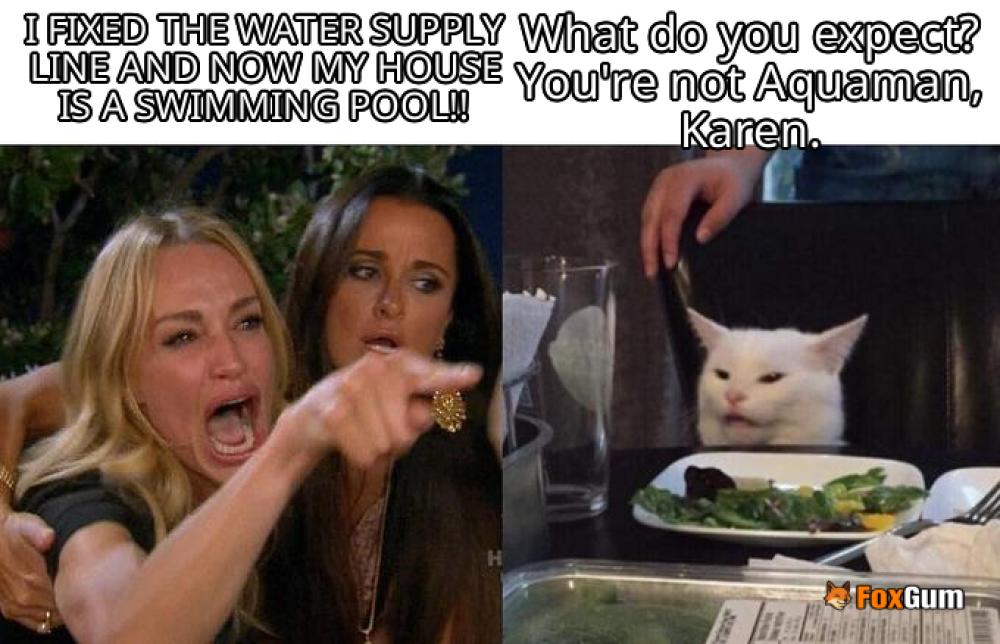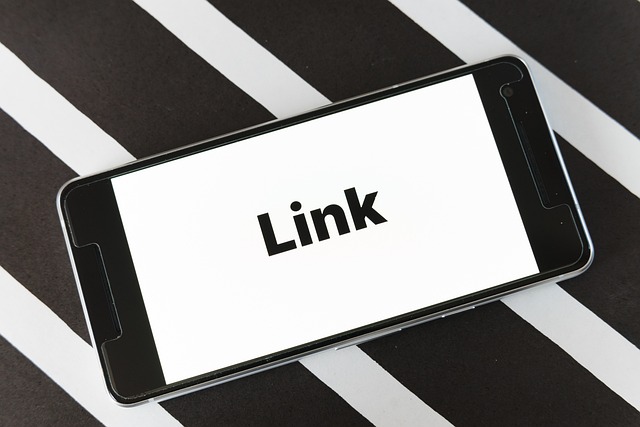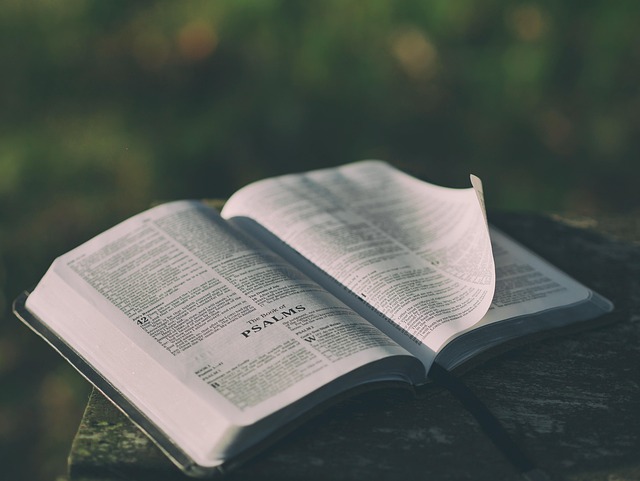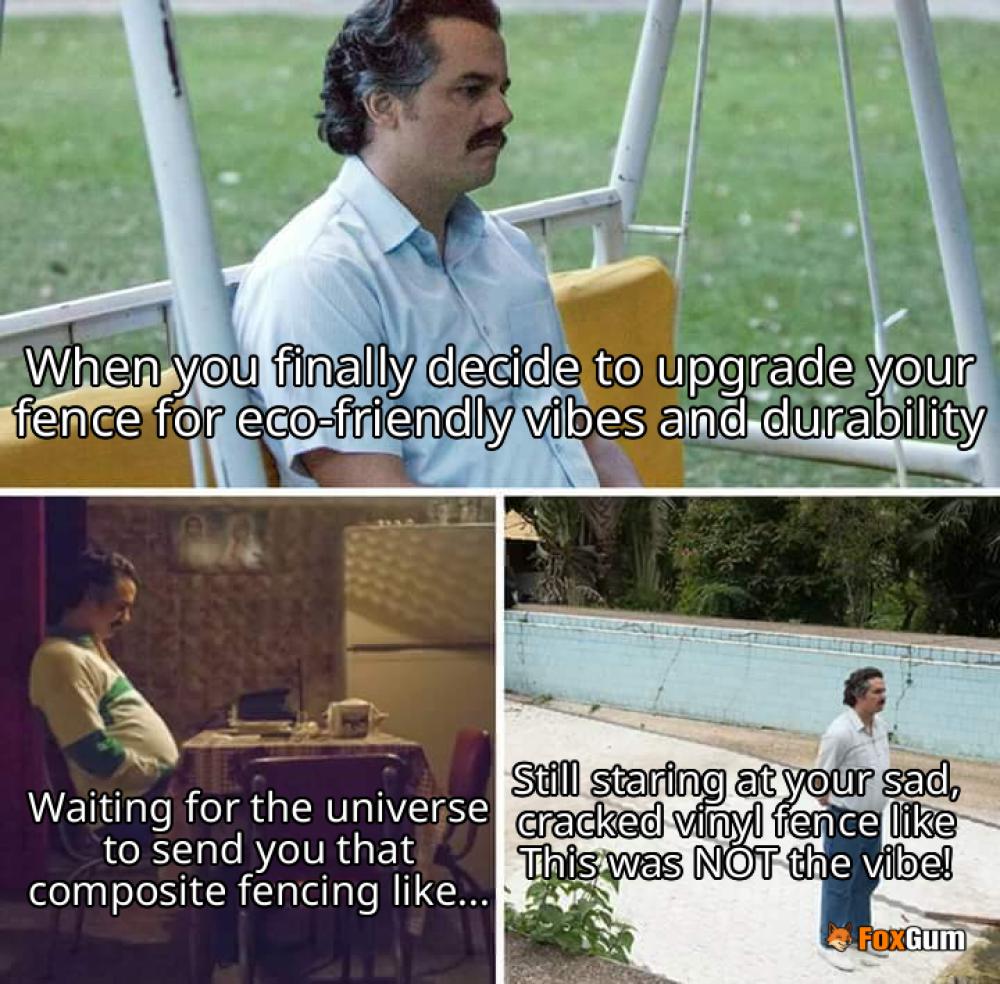
What’s the Deal with Water Supply Lines? 🚰
Ah, the unsung hero of your home’s plumbing system: the water supply line! It’s like the quiet kid in class who always aces the tests but never gets invited to the birthday parties. But don’t let that fool you—these lines are essential for delivering water to your faucets, toilets, and appliances. Let’s dive into the nitty-gritty of what a water supply line is, why you need one, and how to choose the right one for your DIY project!
What Exactly is a Water Supply Line? 🤔
In simple terms, a water supply line is a pipe that connects your home’s plumbing system to the water source. This could be public water systems or a private well. They come in various materials, including copper, PVC, and PEX. Each material has its pros and cons, but they all share one common goal: to keep the water flowing smoothly to where it’s needed. Think of it as the delivery service for H2O—without it, you’d be stuck using a bucket and a wish!
Why Should You Care? 🛠️
Let’s face it: nobody wants to deal with a plumbing disaster. A faulty or outdated water supply line can lead to leaks, water damage, and a whole lot of headaches. Here’s why you should pay attention to these crucial conduits:
- Prevent Water Damage: Leaks can cause serious damage to your home, leading to costly repairs. And nobody wants to explain to their insurance agent why their living room resembles a swimming pool.
- Improve Water Quality: Old or corroded pipes can affect the taste and quality of your water. You don’t want to be sipping on rusty water like it’s a fine wine, right?
- Boost Efficiency: Newer materials like PEX are more efficient and can save you money on your water bill. Who doesn’t love a little extra cash in their pocket?
- DIY Hero: Knowing about water supply lines empowers you to tackle plumbing projects yourself, saving you time and money. Plus, you get to flex those DIY muscles!
Choosing the Right Water Supply Line 💧
When it comes to selecting the perfect water supply line, consider the following:
- Material: Choose based on your needs. Copper is durable but pricier, PVC is budget-friendly but not always suitable for hot water, and PEX is flexible and easy to install.
- Size: Make sure to get the right diameter for your fixtures. A line that’s too small or too large can cause problems—like trying to fit a square peg in a round hole!
- Length: Measure twice, cut once! Ensure you have enough length to reach your fixtures without stretching or straining.
- Local Codes: Check local plumbing codes to ensure compliance. You don’t want to be the neighbor who gets a visit from the plumbing police!
Final Thoughts 🌟
In conclusion, water supply lines may not be the most glamorous aspect of home improvement, but they play a crucial role in keeping your home running smoothly. Whether you’re a seasoned DIYer or just starting, understanding these lines will help you make informed decisions and keep your plumbing in tip-top shape. So, next time you turn on the tap, give a little nod to the water supply line doing its job behind the scenes! Cheers to clean, flowing water! 🥤

















 W-2 Box 12 Code DD: The Health Coverage Mystery Unveiled! 💼
W-2 Box 12 Code DD: The Health Coverage Mystery Unveiled! 💼 
 Health
Health  Fitness
Fitness  Lifestyle
Lifestyle  Tech
Tech  Travel
Travel  Food
Food  Education
Education  Parenting
Parenting  Career & Work
Career & Work  Hobbies
Hobbies  Wellness
Wellness  Beauty
Beauty  Cars
Cars  Art
Art  Science
Science  Culture
Culture  Books
Books  Music
Music  Movies
Movies  Gaming
Gaming  Sports
Sports  Nature
Nature  Home & Garden
Home & Garden  Business & Finance
Business & Finance  Relationships
Relationships  Pets
Pets  Shopping
Shopping  Mindset & Inspiration
Mindset & Inspiration  Environment
Environment  Gadgets
Gadgets  Politics
Politics 